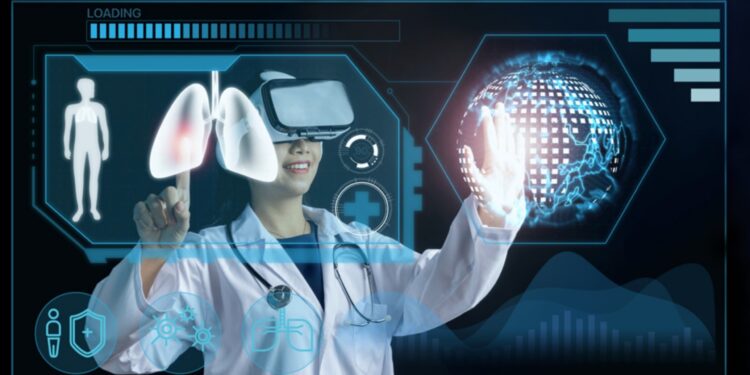The future of healthcare is being rapidly changed by the disruptive force of artificial intelligence (AI), especially within the space of medical diagnostics. According to a new report, the market is expected to explode to a whopping $46.5 billion by 2034, up from $1.92 billion in 2024.
This is an incredible compound annual growth of more than 33% making us more than ever before able to actually detect and treat diseases.
The enormous growth is powered by several factors. The rising incidence of chronic diseases around the world requires early and more accurate diagnostics. Given the power of these algorithms to sift through huge databases of medical images, genomic data and patient records, this is being done with, predictably, lower cost and greater accuracy than human doctors have achieved.
This results in the earlier detection of disease and could lead to better outcomes of treatment and survival, especially in crucial conditions such as cancer, cardiovascular and neurodegenerative diseases.
Moreover, the increasing usage of AI in diagnostics is driven by the growing demand for personalized medicine. AI can be used to look at a person’s distinct genetic profile, history of health and lifestyle to better shape screening programs and treatment offerings. This strategy may increase the effectiveness of interventions and reduce side effects.
The talent in advanced tech such as AI, in particular machine learning and computer vision, is being applied to make diagnostic tools more powerful than ever. AI is now enabling the detection of even the most subtle irregularities in medical images that may go unnoticed by the human eye, ensuring a more precise and timely diagnosis.
Complex data types, such as those underlying liquid biopsy and genomics, are also enabling new frontiers in early detection and risk prediction, through high quality, safety and efficacy demonstrated by advanced AI algorithms applied to this type of data.
The software is presently the largest among all the AI in diagnostics components and is also forecasted to register faster growth. This includes solutions which use AI combined with medical devices to interpret data, in real time and clinical decision support tools that help healthcare workers better diagnose and plan treatments.
The highest demand for AI diagnostic solutions will continue to be from hospitals, due to requirements for increased speed and accuracy of diagnosis, and the quality of patient care. But significant uptake is also anticipated in diagnostic imaging centers and labs, as AI normalizes workflows and boosts test-result accuracy.
By region, the AI in healthcare market in North America holds the highest market share owing to advanced healthcare infrastructure, high burden of chronic diseases, and strong government support for AI in healthcare sector. Nevertheless, the Asia Pacific market, particularly India, is expected to grow at the highest rate owing to the rising government funding in healthcare infrastructure, coupled with the increasing awareness of AI diagnostics.
However, to realize the potential of AI in UNHS, several challenges including data privacy, seamless integration with existing Healthcare Services and lack of skilled personnel to operate AI integrated hardware and software also have to be resolved for ensuring scalable and effective implementation of the AI on UNHS.
Nonetheless, the path of the AI diagnostics market points to a future where health care is more precise, efficient and more widely accessible. “Emerging AI technologies will build upon advances in patient registries and data collection and make disease management easier, more personalized and effective, using fewer resources.
















